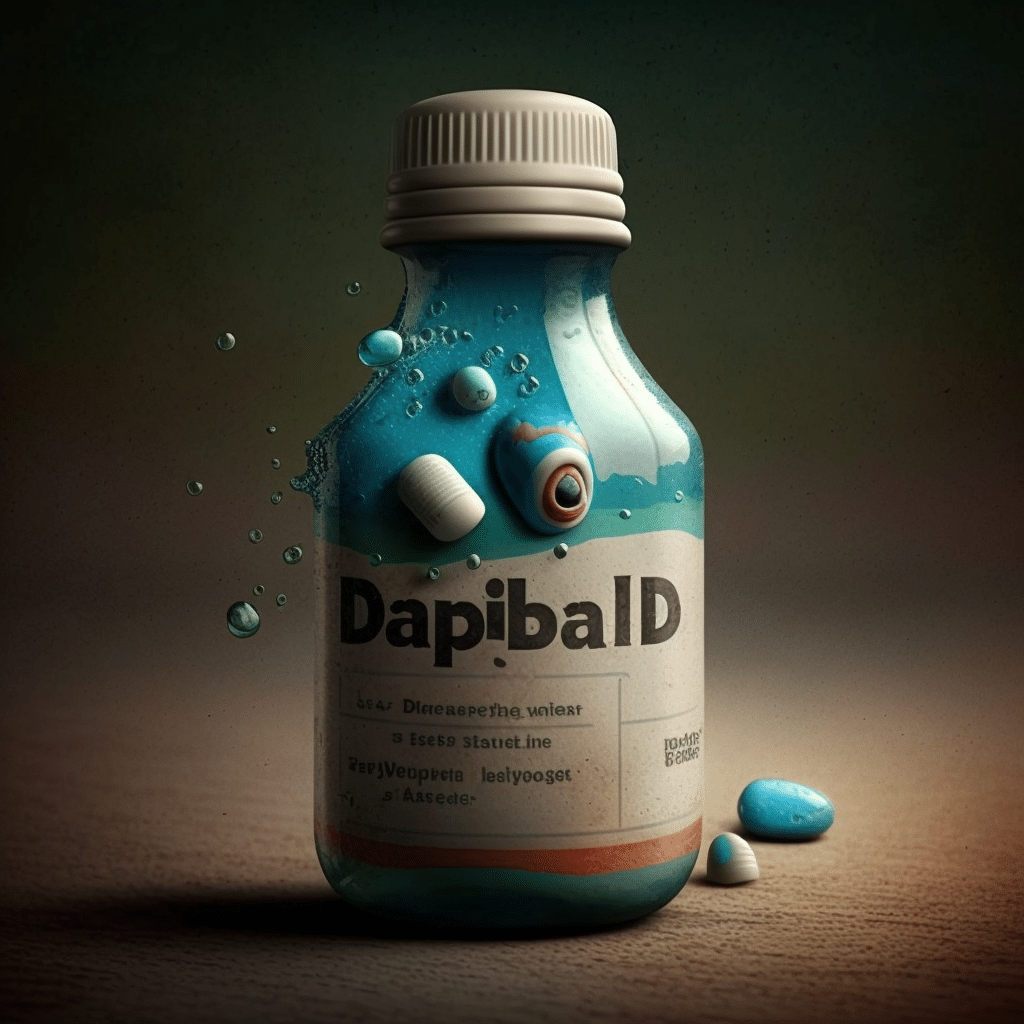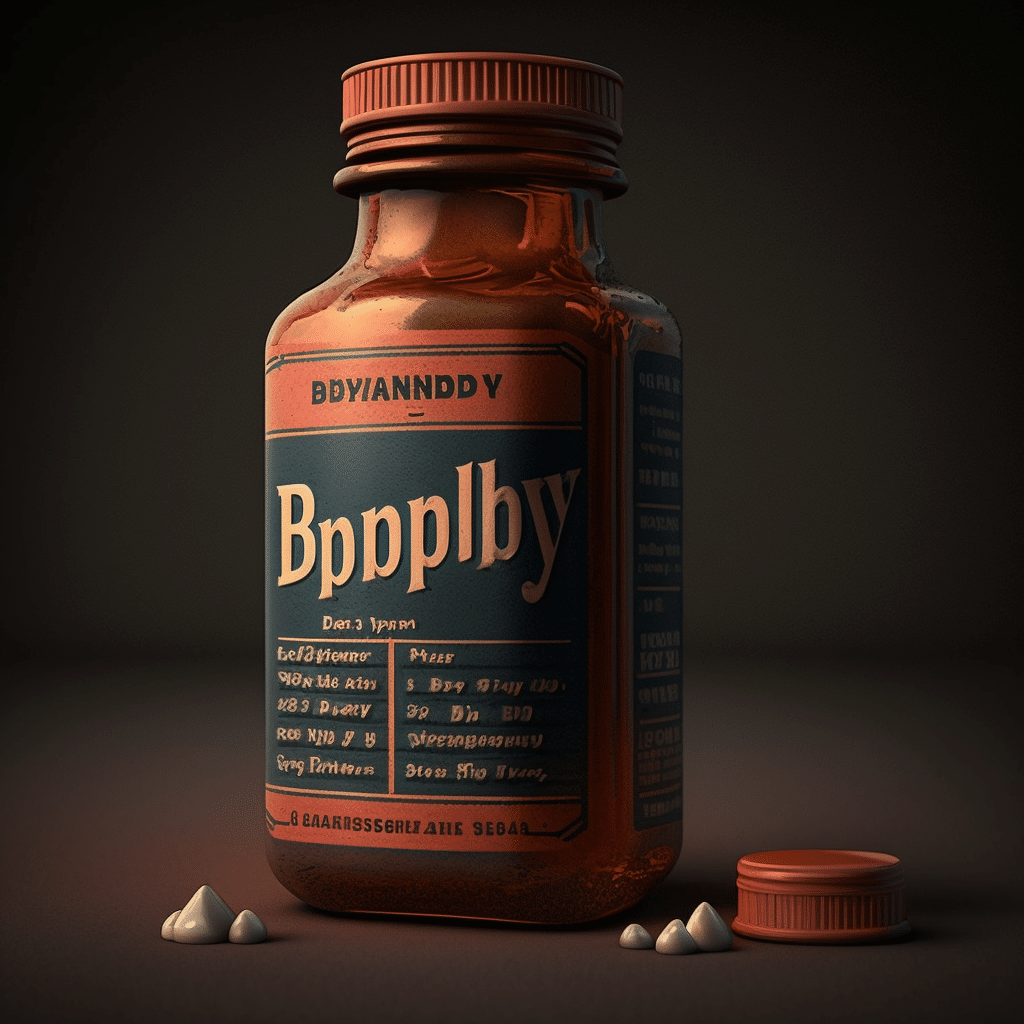In recent years, Benadryl addiction has emerged as a growing concern among parents and the medical community. The common perception is that over-the-counter medications are harmless, but the misuse of Benadryl (diphenhydramine) reveals sobering hidden dangers. This article delves into the challenges of Benadryl addiction, its potential interactions, withdrawal symptoms, and recovery pathways.
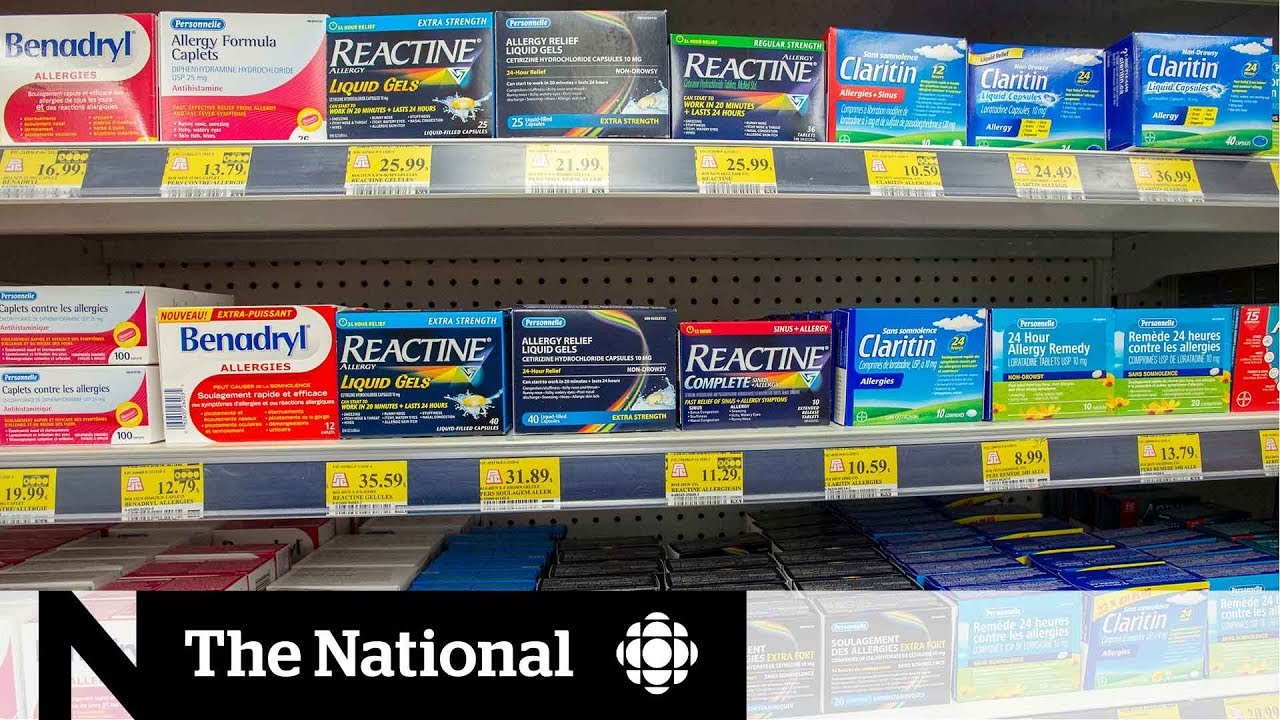
Understanding Benadryl Addiction
When we think about addiction, powerful substances like opioids or cocaine often come to mind. However, is Benadryl addictive? This question must be answered to grasp the seriousness of its misuse, especially among young people. Benadryl addiction can affect cognitive function, physical health, and emotional well-being, making it critical to address.
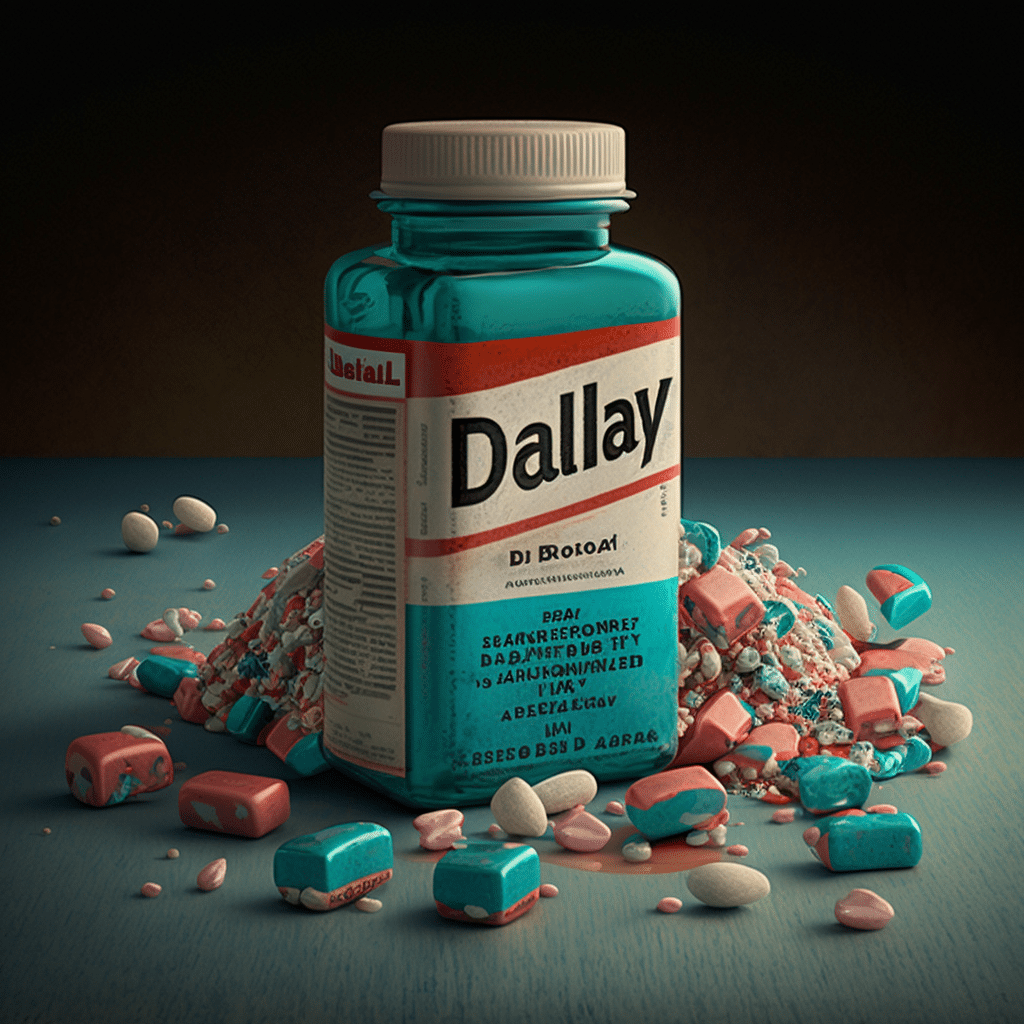
Is Benadryl Addictive? Separating Myth from Reality
Contrary to popular belief, Benadryl can be addictive, particularly when used in higher-than-recommended doses or over extended periods. Although it’s deemed safe for occasional use, habitual misuse can lead to psychological and physical dependency. Studies, including research akin to those examining substances like opioids, have shown that chronic use of Benadryl can cause significant changes in brain chemistry.
Benadryl addiction symptoms often creep up gradually. Initially taken to aid sleep or reduce allergy symptoms, increased dosage becomes necessary over time. This cycle can foster a dependency similar to other, more renowned addictive substances, causing severe withdrawal effects if stopped abruptly.
Shocking Hidden Dangers of Benadryl Addiction
The hidden dangers of Benadryl addiction stretch beyond mere dependency. Some of the alarming consequences include:
Comparing Benadryl and Weed: A Dangerous Combination
Combining Benadryl and weed is becoming an alarming trend, particularly among teenagers seeking to amplify their high. This dangerous practice can exacerbate the side effects of both substances, leading to heightened sedation, impaired motor functions, and pronounced cognitive deficits. Unlike Benadryl, the long-term impacts of weed are better documented, but combining the two can lead to unpredictable and perilous outcomes.
Even seemingly harmless practices like taking Benadryl to counteract the Overdosing on weed can spiral into dangerous territory. Parents and caregivers might be unaware of such combinations if they are not well-informed about current trends.
Benadryl Withdrawal: What to Expect
Benadryl withdrawal symptoms can manifest even after short-term misuse, making it a deceptively dangerous drug. Withdrawal can be physically and mentally taxing, with common symptoms including:
Recognizing these symptoms is crucial for those who suspect a loved one is grappling with Benadryl addiction. Early intervention can reduce the severity and duration of withdrawal, improving the chances of a successful recovery.
How Long Does Benadryl Stay in Your System?
A common query among those dealing with Benadryl misuse is, “how long does Benadryl stay in your system?” Typically, diphenhydramine has a half-life of 4-6 hours in healthy adults. However, this can be prolonged in individuals with liver or kidney impairments, leading to extended detection windows. Chronic users may find that the drug accumulates in their system, further complicating the detoxification process.
Understanding the pharmacokinetics of Benadryl is important for effectively managing withdrawal and recovery. Awareness of how long the drug remains in the system can guide treatment and support efforts.

Pathways to Recovery: New Day Recovery and Ridgeview Institute
Breaking free from Benadryl addiction often requires professional intervention. Two notable treatment centers making remarkable strides in this area are New Day Recovery and Ridgeview Institute.
New Day Recovery
New Day Recovery provides a comprehensive approach, combining medical detox, behavioral therapy, and family counseling to address the multifaceted nature of addiction. This facility recognizes that addiction impacts not just the individual but their family as well. By involving loved ones in the recovery process, New Day Recovery helps reconstruct the support network essential for long-term success.
Ridgeview Institute
Ridgeview Institute offers programs for both adolescents and adults, focusing on holistic recovery that includes mental health support and vocational training. Their approach is centered around treating the whole person, not just the symptoms of addiction. Incorporating mental health support is crucial, given the psychiatric symptoms often associated with Benadryl addiction.
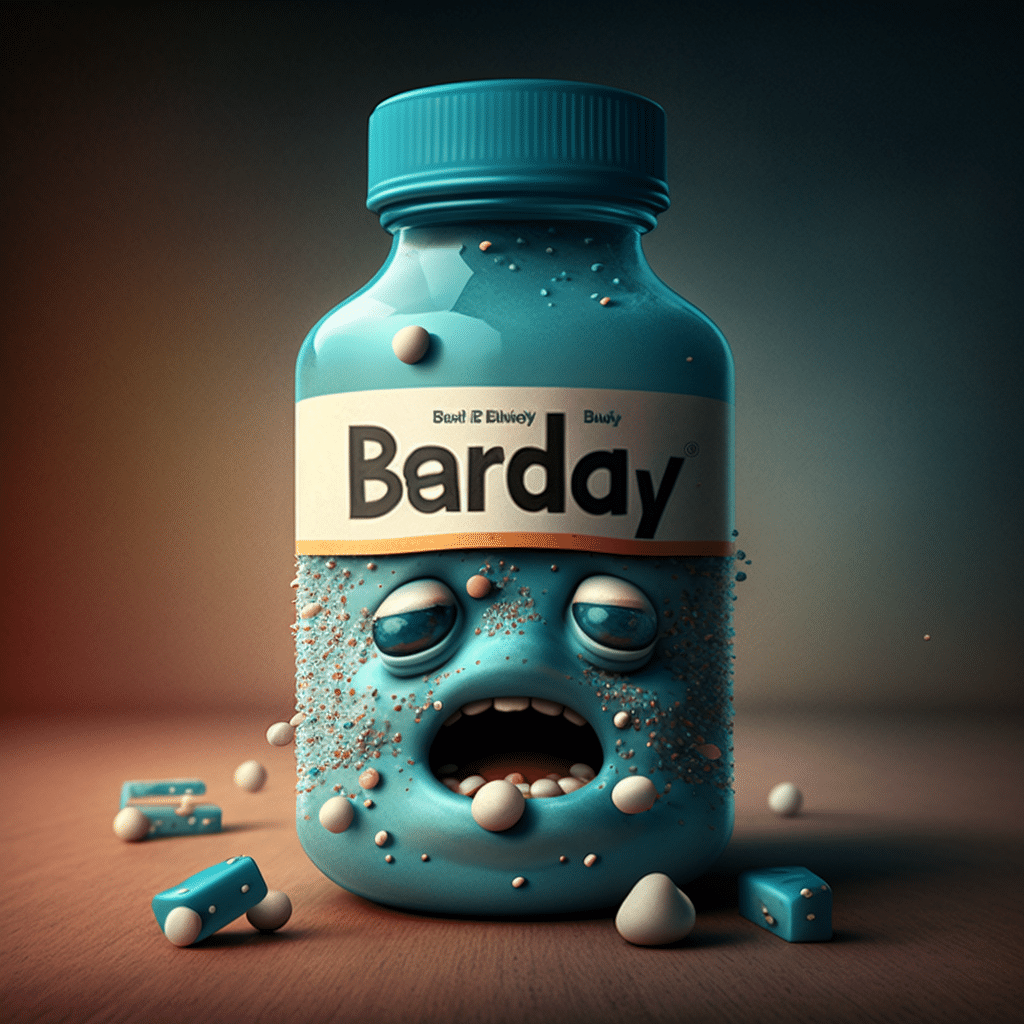
| Category | Information |
| Substance | Benadryl (Diphenhydramine) |
| Common Uses | Allergy relief, cold symptoms, insomnia |
| Form | Tablets, liquid, topical |
| Price | Varies by location and form, generally $3-$20 for over-the-counter products |
| Potential for Addiction | While not classified as addictive, misuse in high doses can cause dependency |
| Symptoms of Misuse | Extreme drowsiness, confusion, blurred vision, constipation, dry mouth, urinary retention |
| Risks | Cognitive impairment, heart problems, seizures, hallucinations, potential for overdose |
| Signs of Addiction | Craving for the drug, taking higher doses than recommended, inability to stop using, withdrawal symptoms like irritability and anxiety when not taking the drug |
| Withdrawal Symptoms | Insomnia, agitation, tremors, nausea, vomiting |
| Treatment Options | Tapering the dose under medical supervision, inpatient or outpatient rehabilitation, therapy, support groups |
| Legal Status | Over-the-counter medication in most regions |
| Prevention Tips | Follow dosage instructions strictly, avoid using for longer than recommended, seek medical advice for long-term symptoms, educate about risks |
| Support Resources | Mothers Against, local addiction support groups, medical professionals, mental health services |
| Relevant Studies | Research indicating correlation between high dose misuse and cognitive dysfunctions |
| Alternative Options | Non-drowsy antihistamines (e.g., loratadine), behavioral therapies for insomnia, other approved medications for allergies and sleep issues |
| Community Impact | Increased awareness can reduce stigma, early interventions can prevent long-term harm, community programs can offer support and resources to those in need |
Moving Forward: A Call for Awareness and Action
Benadryl addiction remains a covert crisis that demands greater awareness and proactive intervention. Parents, educators, and healthcare providers must be vigilant and informed about the dangers of over-the-counter drug misuse. By fostering open dialogues and supporting specialized recovery programs, we can help those affected navigate the path to a healthier future.
The battle against addiction is long and complex, but knowledge and community support can make a significant difference in the lives of those struggling with Benadryl addiction. Let us commit to spreading awareness and providing the necessary resources to combat this hidden epidemic.
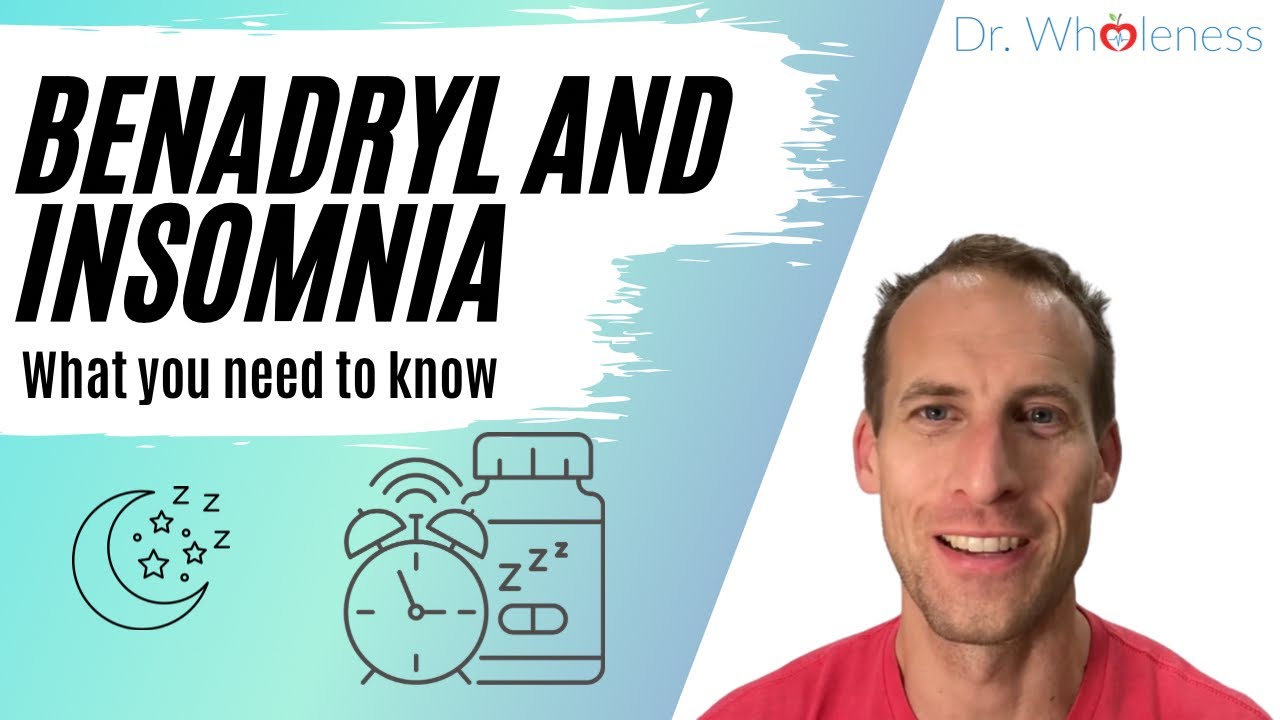
For more information and support, visit Mothers Against Addiction. Share this article, join our cause, and make a difference.
Benadryl Addiction: Shocking Hidden Dangers
The Surprising Effects
Did you know that Benadryl, a common allergy medication, can be dangerously addictive? Yep, that’s right. Many people don’t realize the hidden dangers of Benadryl addiction until it’s too late. Over time, frequent use can lead to dependency. It’s enough to make anyone’s angry expression( surface when they realize just how unpredictable the consequences can be. If you’ve caught a documentary like black Shrek, depicting individuals grappling with such unexpected dependencies, you’d know how real and daunting the struggle can be.
Misconceptions and Realities
The connection between addiction and everyday medications often flies under the radar. While over-the-counter meds might seem harmless, the reality is much more alarming. For instance, Benadryl’s sedative effects can lure users into habitual use, seeking calm and sleep—until they can’t function without it. As bizarre as it might sound, regular use can be as life-changing as securing a deed for a new home. Just as you wouldn’t dive into complex financials without a thorough understanding, the same caution should apply to seemingly innocuous medications.
Trivia You Didn’t Know
Here’s a fun fact to wrap your head around: Did you know that individuals struggling with addiction might unknowingly participate in unusual behaviors to obtain their fix? This can sometimes echo the unexpected twists in a good sports manga like blue lock Kunigami. Being trapped in Benadryl addiction isn’t unlike being fixated on something as random as your favorite item on My auction addiction. The thrill of obtaining it could overshadow the underlying danger and the manageable use of the medication.
By understanding the potential risks and recognizing early signs, you can help prevent the hidden dangers of Benadryl addiction from unfolding in your life. So, next time you consider reaching for that extra dose, think twice and remember, sometimes what seems harmless can have ramifications more intricate than a 30-year fixed mortgage rates chart. Keep yourself informed, stay safe, and take care.
